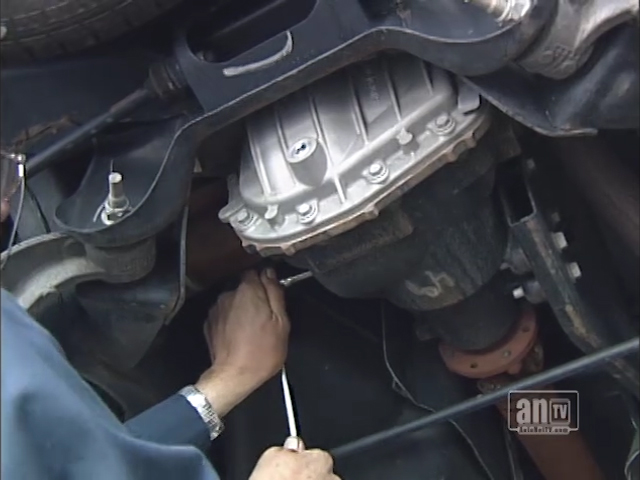No one likes to be greeted in the morning by having someone screech at you. The same goes for a loud, high-pitched noise your vehicle greets you with every time you start the engine. If you’re wondering if that’s normal, no, it isn’t. And it is worth getting checked out. The good news is that it might be nothing serious. Then again, it may be.
The first things to suspect any time you hear a high-pitched sound coming from the engine are belts. They have tension on them and they’re trying to turn lots of different pulleys, pumps and other equipment the engine needs to work properly. The noise could come from the belts starting to wear out and dry out. If one of those belts breaks at an inopportune time, not only can it strand you somewhere, the damage to the engine could be very expensive to fix.
Other things that will cause a high-pitched sound are the pulleys and tensioners. The tensioners keep the right amount of pressure on the belts and some pulleys contain rubber that dampens engine vibrations. The rubber in the pulleys can crack or deform with age, which prevents them from working correctly and may cause your belts to wear out.
A technician will check to see if the belts are worn or cracked. He or she will also check the tension on the belts, the condition of the pulleys and whether all components are aligned the way they should be.
Sometimes, the noise is nothing major to worry about, but it’s still worthwhile to rule out any problems that have cropped up now or may appear in the future. You’ll have a properly running vehicle that sounds like its engineers intended… quiet and smooth.
Autotronics of St. Peter
111 Jefferson Avenue
St. Peter, MN 56082
507.934.9290
http://autotronicsstpeter.com
